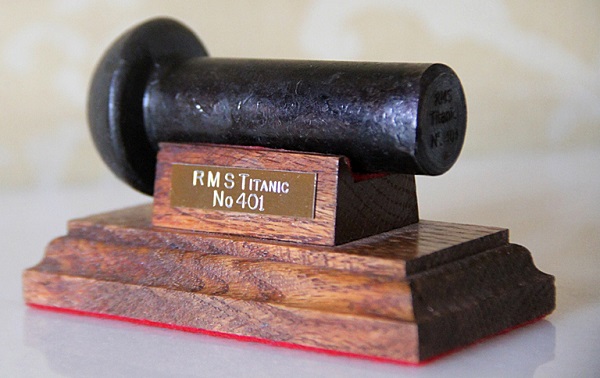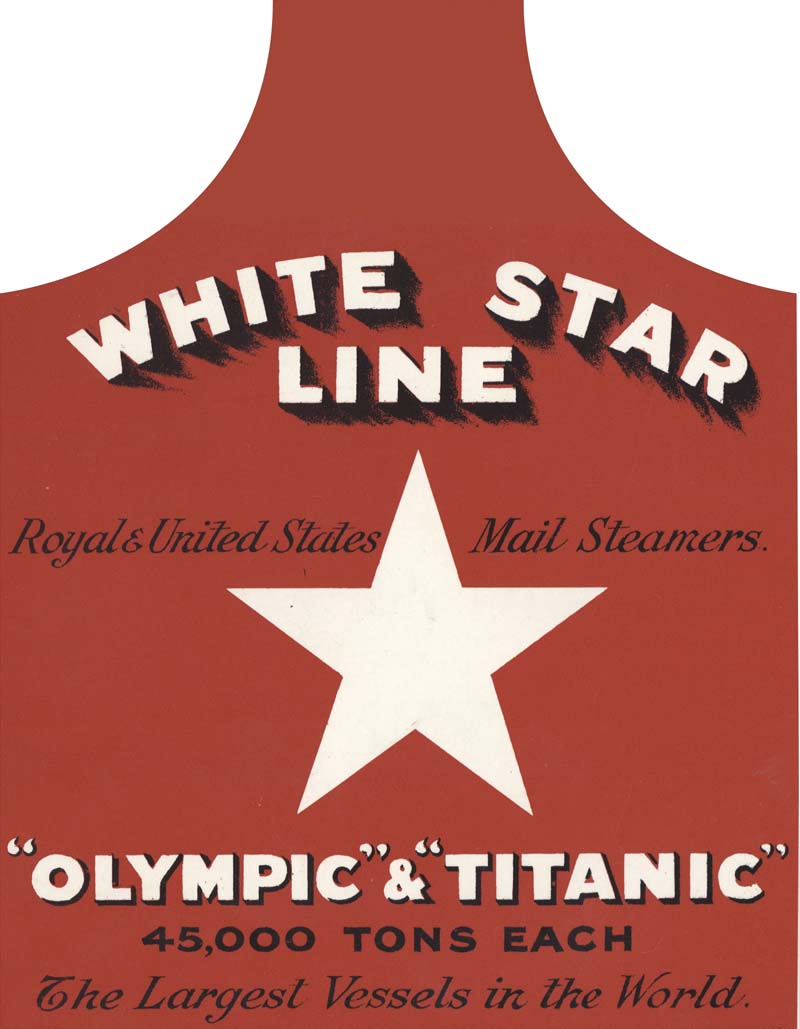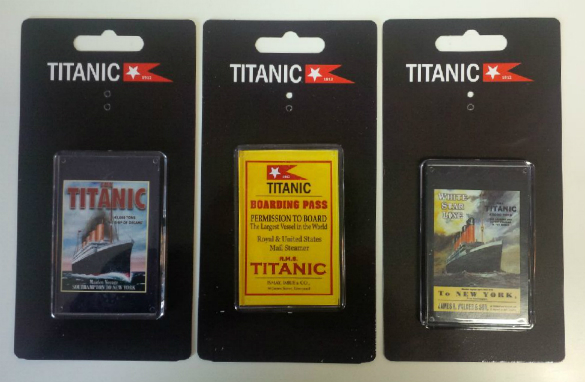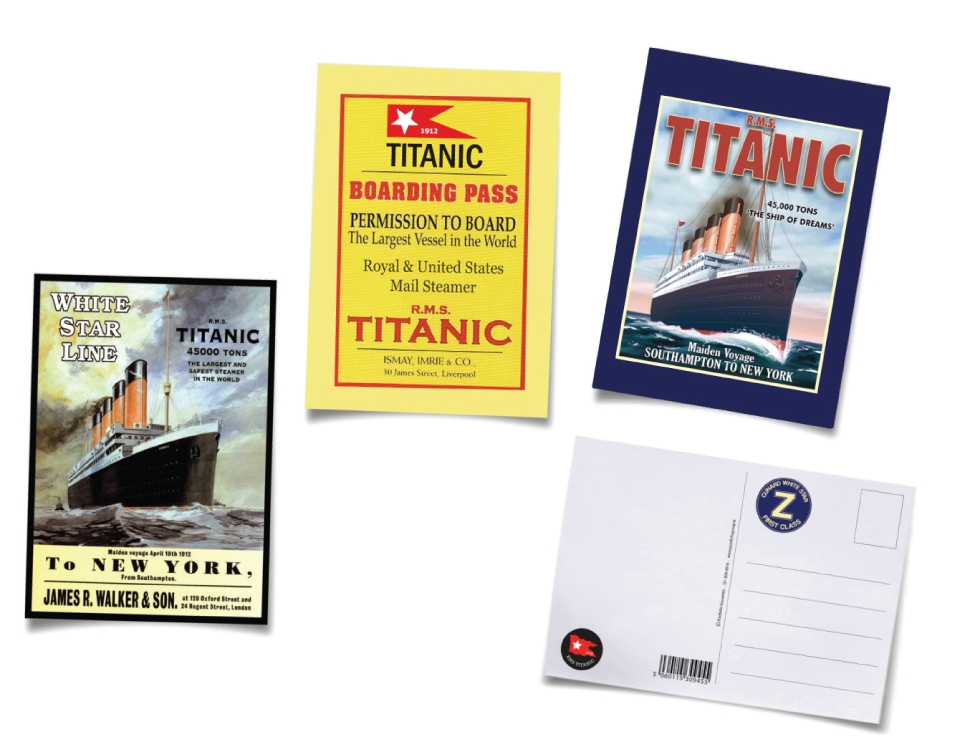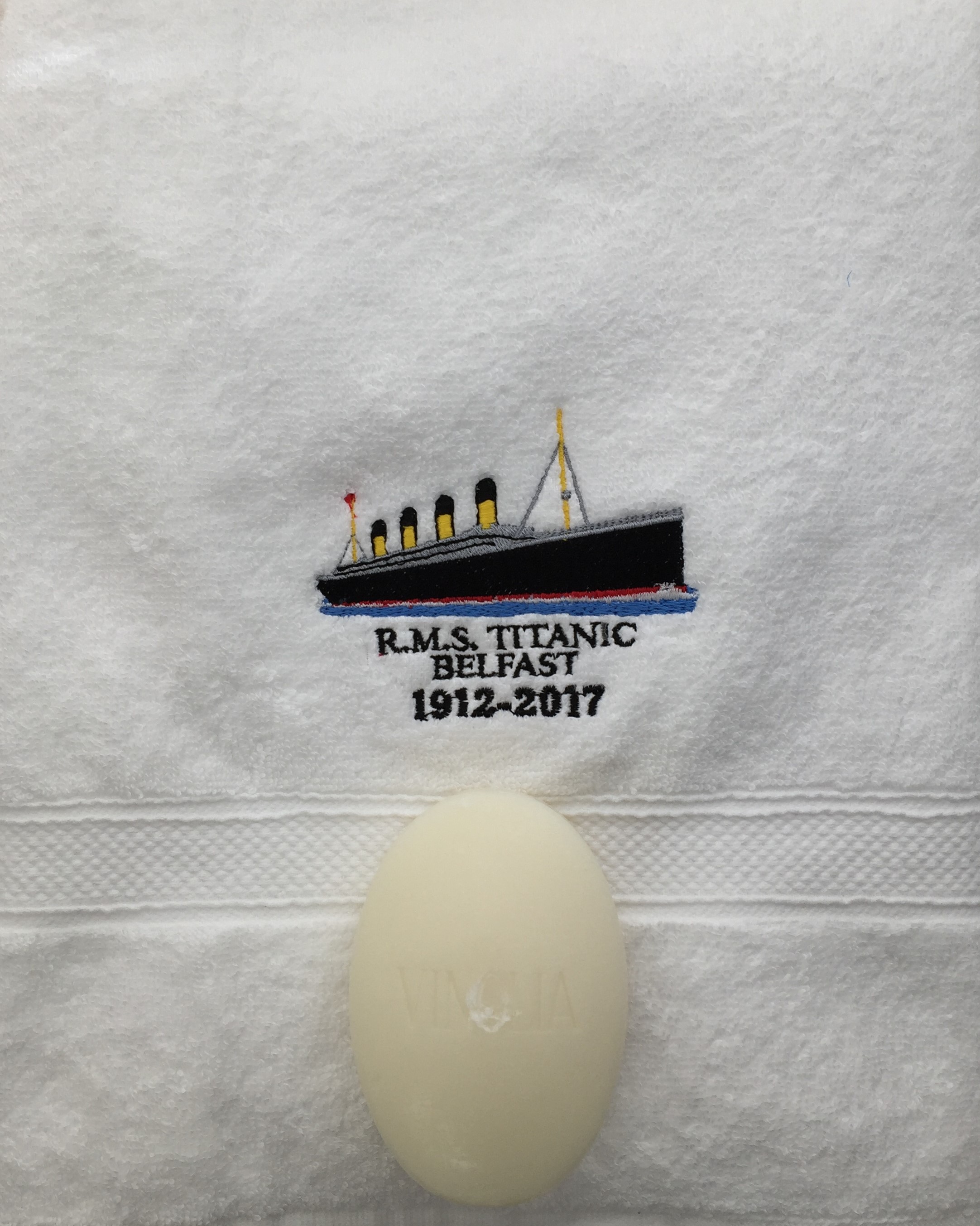It is reported that the sinking of RMS Titanic was caused by Harland and Wolff the ship’s builders using inferior Titanic rivets on parts of the ship.
The shipbuilders were building the Titanic’s sister ships at the time, Olympic and Britannic alongside RMS Titanic in the Queen’s Island shipyard in Belfast now a tourist attraction known as “The Titanic Quarter” where Titanic Belfast the world's largest Titanic visitor experience is located.
Millions of Titanic rivets were required and to obtain the vast numbers needed they went out to other suppliers for these. Some of these Titanic rivets did not meet the quality or standards of the normal Titanic rivet they would have used.
Timothy Foecke a metallurgist from the U.S. Government’s National Institute of Standards and Technology came up with the above conclusions after studying the famous Titanic for over ten years and the Titanic rivet.
The Titanic Rivet theory first came about when Jennifer Hooper McCarthy started researching Titanic rivets for her
Ph. D. from John Hopkins University America’s first research university in Baltimore, Maryland away back in 1999.
Harland and Wolff the ship’s builders deny the above theory but this is the conclusion McCarthy and Foecke came to in their book “What Really Sank the Titanic” after studying Harland and Wolff’s archives and closely examining 48 rivets from the Titanic.
Rivets used in the Titanic contain slag created during the smelting process but the more slag there is the more brittle the rivet comes. The inferior rivets had more slag and were more brittle.
Researchers came up with the theory the normal stronger steel rivets were used in parts of the ship expected to come under the greatest stress with the weaker iron rivets used on the stern and bow of RMS Titanic. It was the bow which hit the iceberg on that fatal night. These weaker iron rivets had a larger diameter to compensate for their inferior strength compared to the stronger standard steel rivet.
No concrete evidence however has been found to suggest why these stronger steel rivets were used in some parts of the Titanic and the weaker iron rivets in other parts. Another theory put forward by David Livingstone a retired Naval Engineer from Harland and Wolff is that the rivets were inserted in the hull by a rivet machine mounted on a crane but this was not accessible to the bow and stern.
Ship's at Harland and Wolff shipyard were never referred to by name until their launch, up until that time they were referred to by their Yard Number and Titanic's Yard number was 410.
So much has been talked about the Titanic Rivet that The Belfast Titanic Gift Store Online have commissioned a full size replica of the Titanic Rivet, available as a rivet or a Premier Rivet complete with a wooden display stand and plinth. Both versions are sure to be a big talking point to any visitors to homes, offices, schools or museums where they are on display.
These Titanic Rivets are available now for delivery worldwide along with a wide range of other RMS Titanic Souvenirs, Gifts and Memorabilia.
Click the Titanic Rivet picture below to order your own unique RMS Titanic Rivet NOW.
An ideal gift and a must for any Titanic enthusiast.
